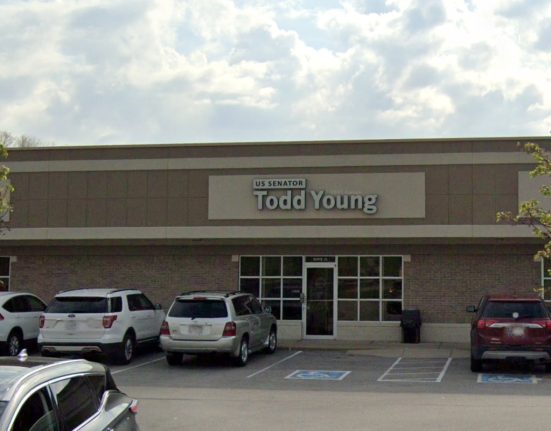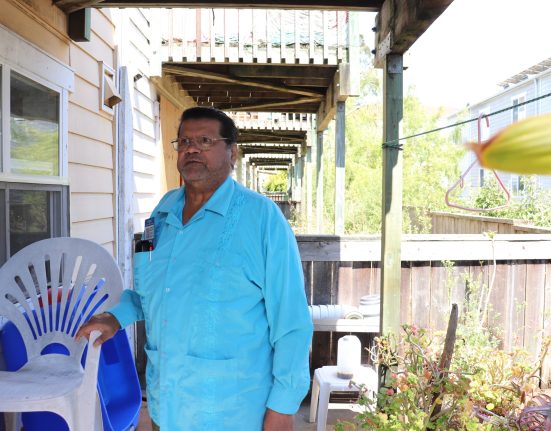Baker agreed, pointing to conviction around the themes of record demand, a pullback n supply and better operating fundamentals on the horizon, paired with an opportunity due to a lack of institutional equity in the market today.
Baker said he was initially taken aback by the low level of concern about tariffs and policy agendas from the incoming administration, but upon further thought, realized that these factors as well as near-term volatility, were all underwritten by most investors in the marketplace before election day.
“I also think that tariffs and trade policy, while causing near-term disruption in the macro environment, don’t change the themes that people are deploying capital around,” said Baker. “If anything, tariffs and trade barriers could elongate the period of time in which we’ll be faced with more limited supply, leading to those operating fundamentals improving, recovering and outperforming. So I do think there are some positives to pull out of it, even though the near-term environment is a little bit more choppy than any of us would like.”
Campbell pointed to three primary factors expected to drive increased sales activity in H2 2025, including fund life maturities, loan maturities and operational fatigue, as some groups come to the realization they have taken an asset as far as they can and want to move on to a new asset.
Meanwhile, cap rates and compression have both been stable despite interest rate volatility. This is another indicator of multifamily investors’ strong conviction, said CBRE. However, investors remain selective and are focused on assets in strong locations with durable demand and solid rent growth. Groups with dry power and a willingness to endure through the noise should be rewarded.
“Over the last 30 days, it seems as though investors have really laser focused on why they’re deploying capital and focusing on assets that exemplify that,” said Baker. “I would say for the really high-quality locations, really high-quality assets with durable demand and rent growth opportunities, we’re seeing more capital chase those types of opportunities. And as a result of that, there already has been incremental cap rate compression for some of those deals.”







